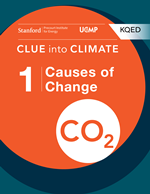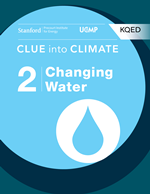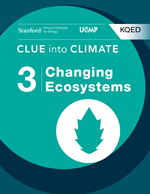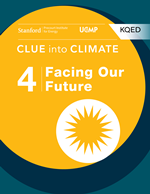Water covers nearly three-quarters of Earth. It is continuously moving above, on and below Earth’s surface, cycling among ice, liquid water and vapor. This cycling of water shapes the climate by delivering rain and snow, and it supports life on Earth. Water and climate are deeply interconnected, and as the climate changes so does the distribution and cycling of Earth’s water.
Discover how water and climate affect each other by watching the video in the graphic above.
With climate change, Earth is getting warmer as greenhouse gases build up and trap more heat in the atmosphere. These warmer temperatures cause increased evaporation of water from places like oceans, lakes, streams and soil. This leads to higher levels of water vapor in the atmosphere, which means that precipitation events tend to be heavier. Whether the water falls as rain or snow depends on temperature. Therefore, if winter temperatures remain below freezing in areas like the northeastern United States, the increased moisture in the air could mean heavier snow storms.
Increased water vapor in the air can also further increase warming. Water vapor is actually a greenhouse gas, which traps heat in the atmosphere and causes temperatures to rise. But unlike other greenhouse gases that can linger in the atmosphere for years, water vapor usually stays in the air for a few days before falling back to Earth as precipitation.



